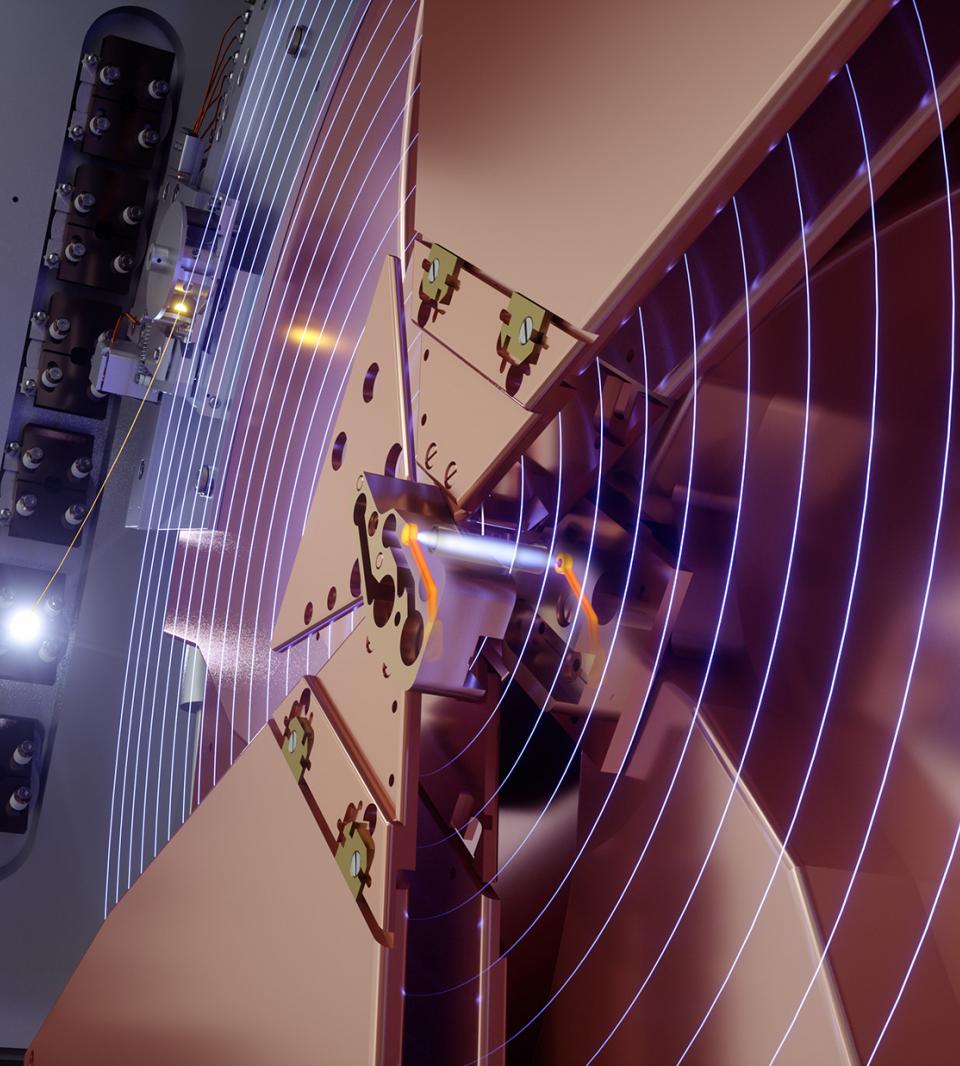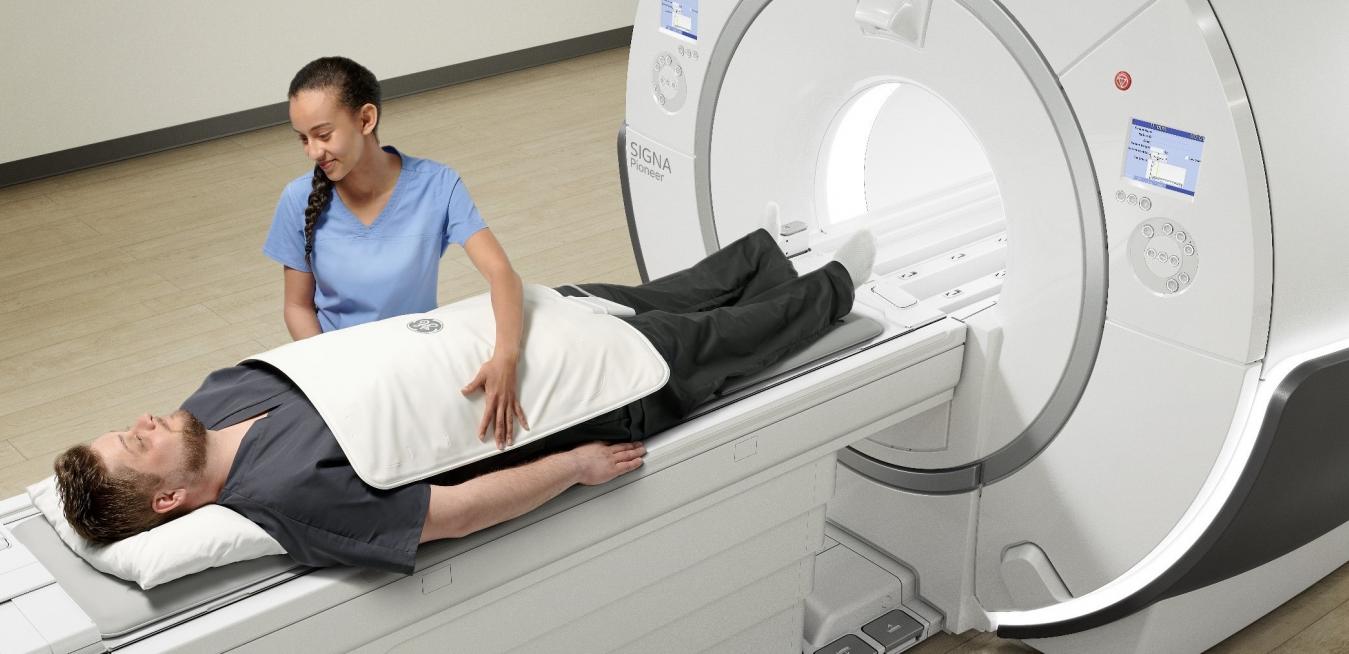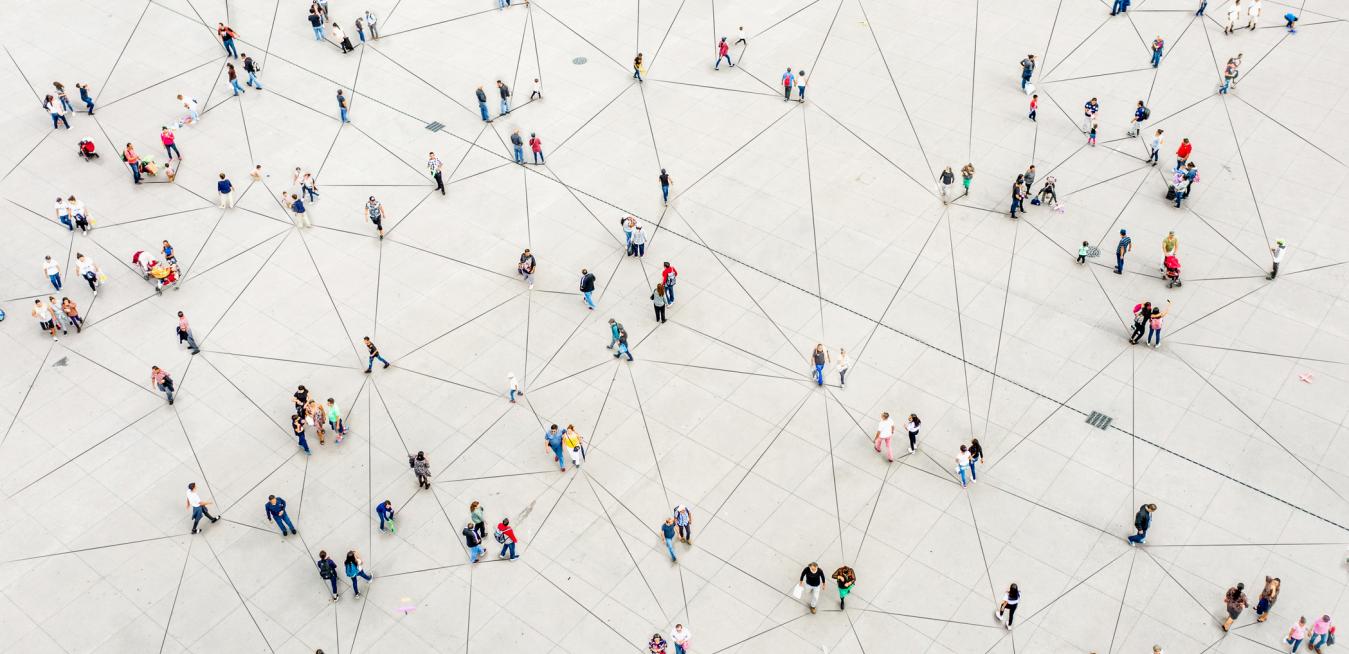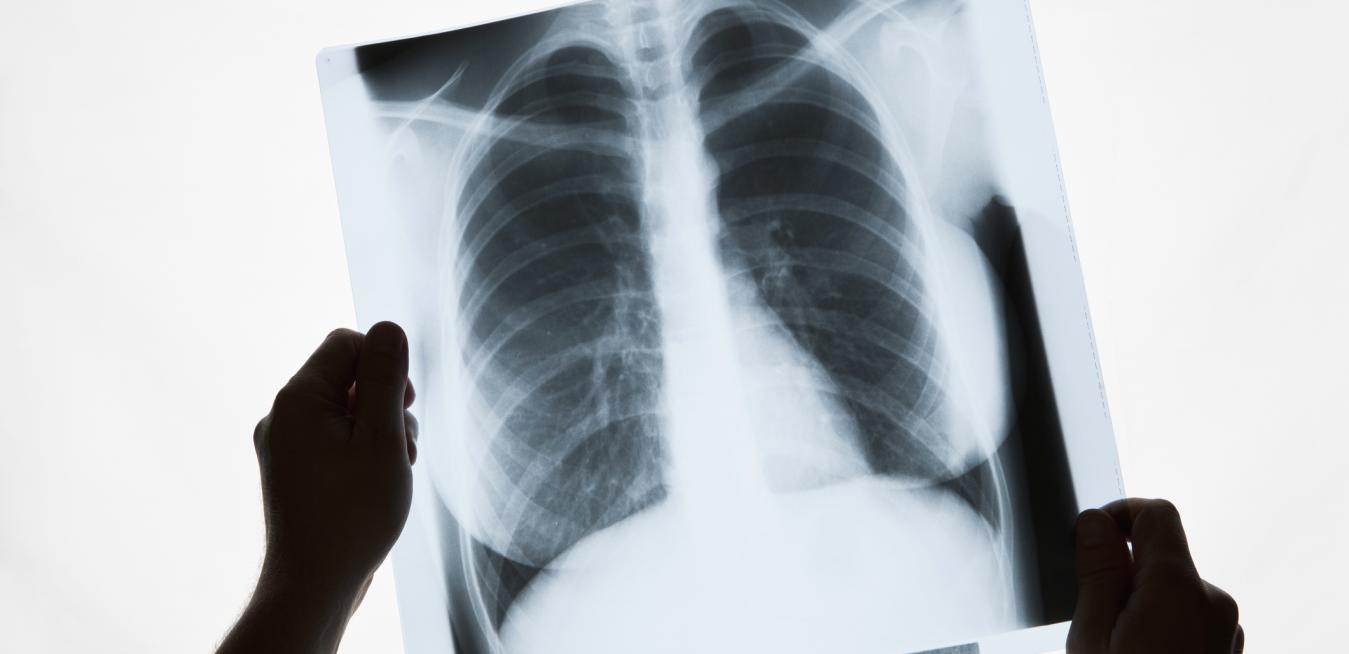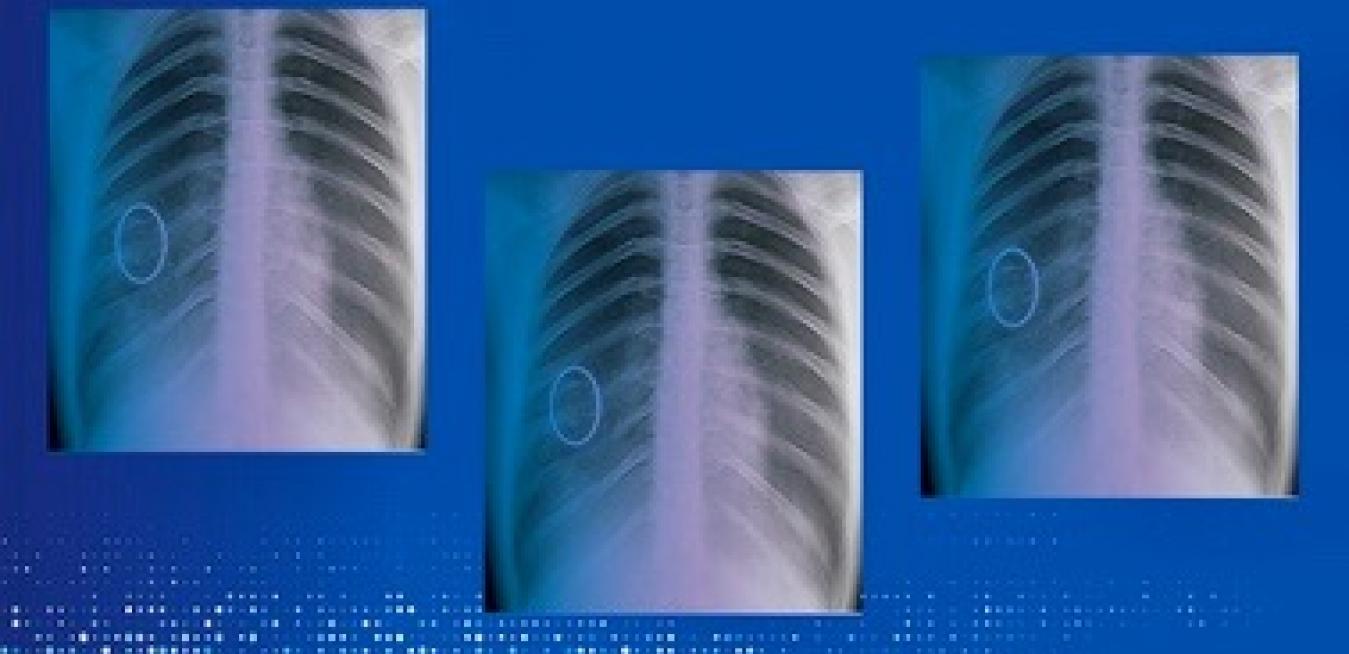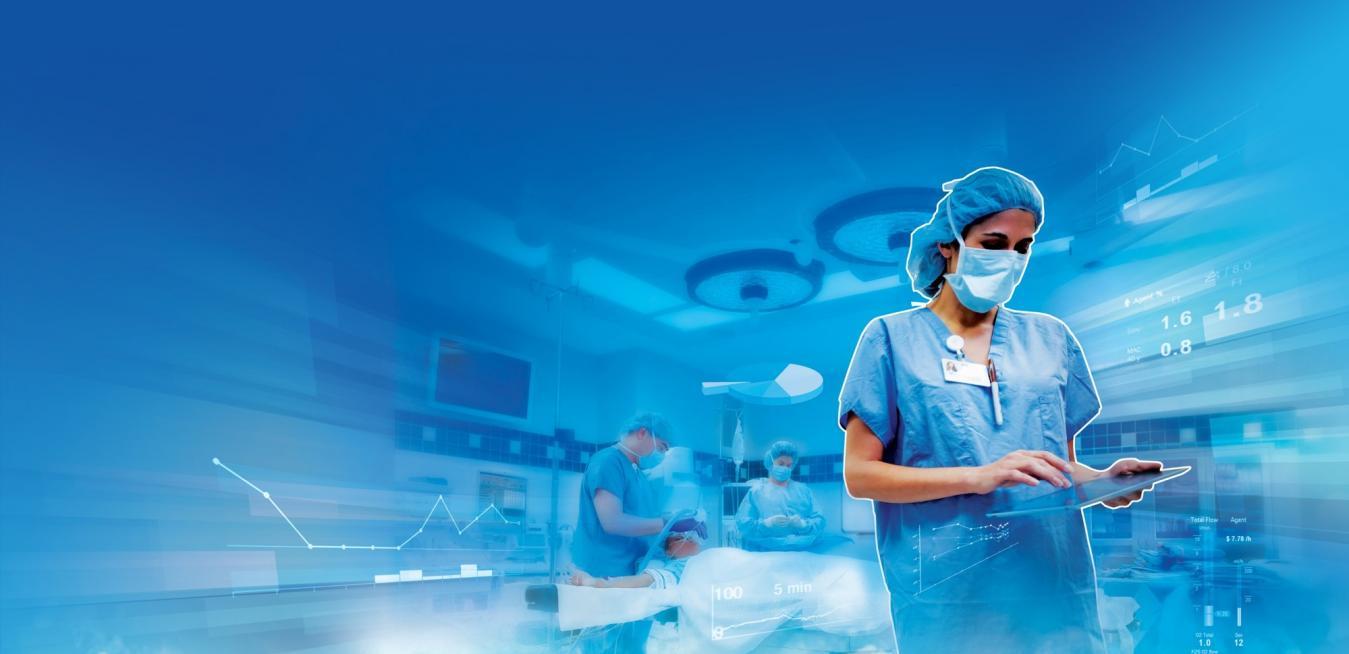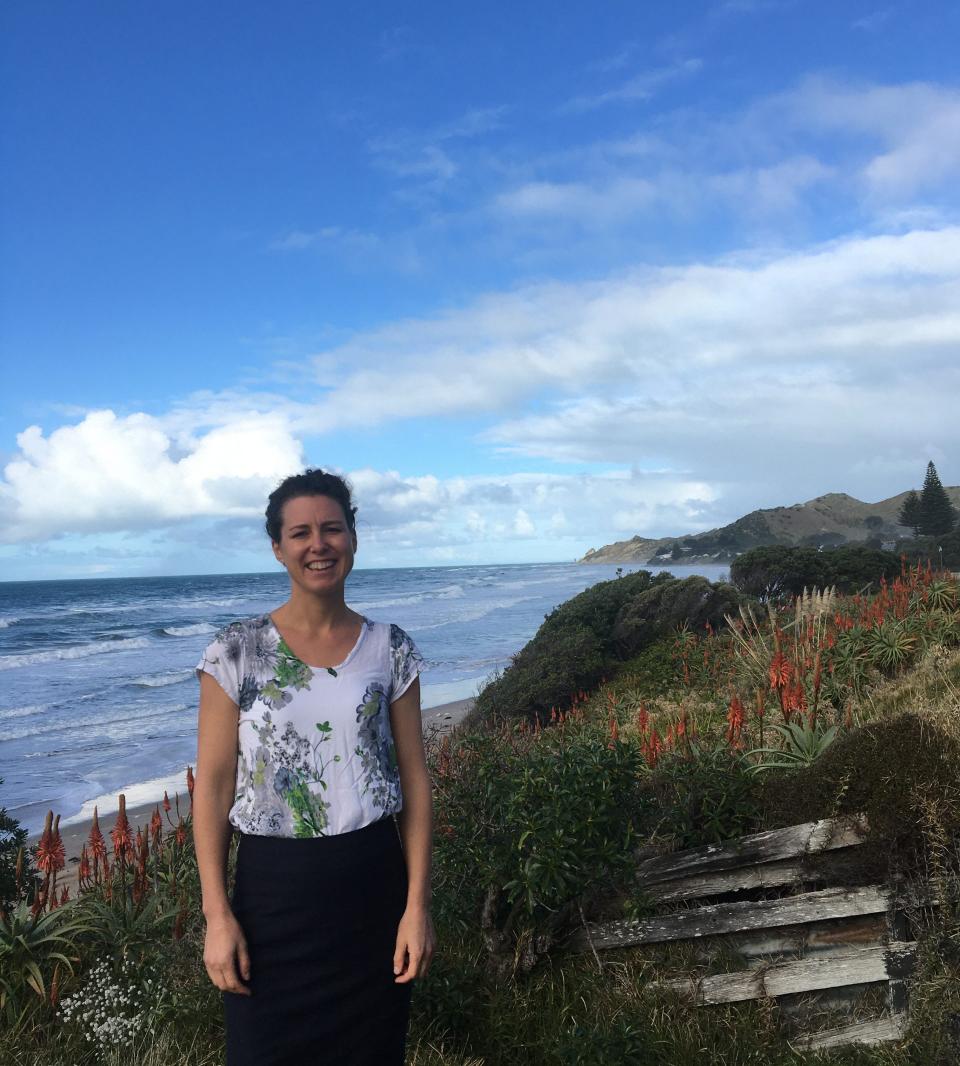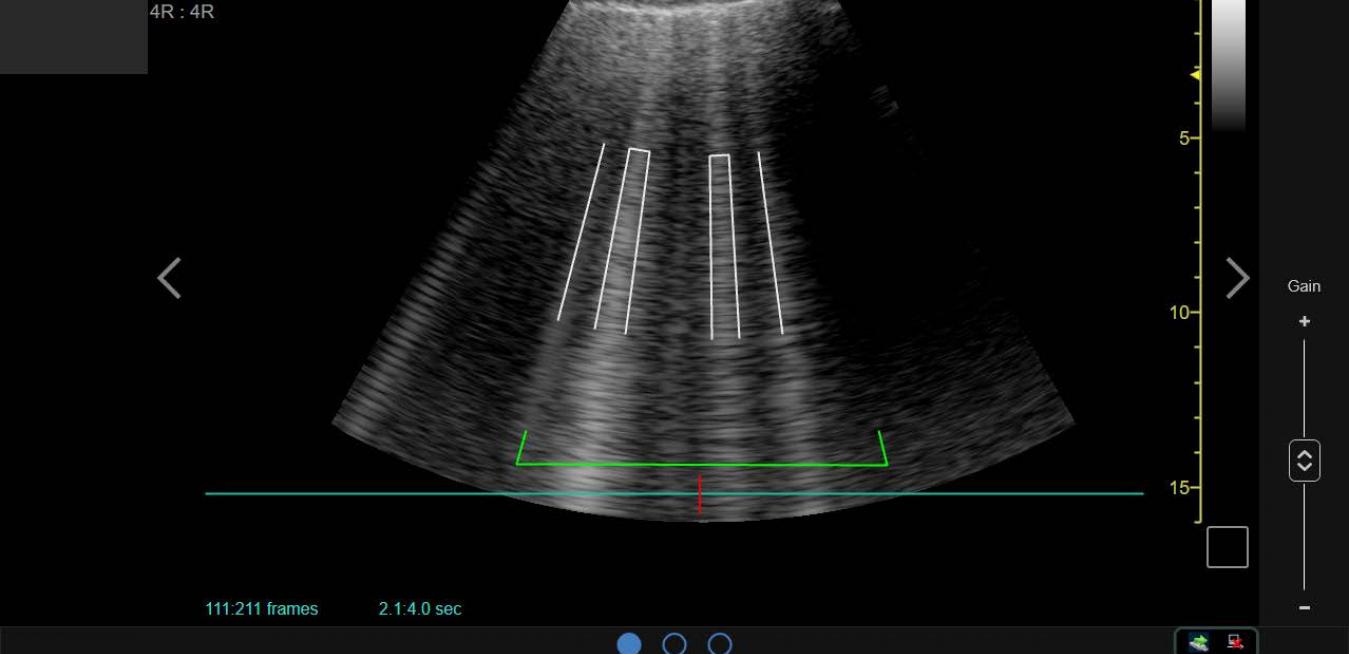МОСКВА, Россия, 7 мая 2020 г. – GE Healthcare представляет в России инновационную платформу оборудования МРТ: технология AIR1, объединяет новое поколение гибких катушек и программное обеспечение, разработанное на основе технологий искусственного интеллекта. Оригинальная конструкция в сочетании с «умными» приложениями принципиально расширяет диагностические возможности МР-томографа, позволяя визуализировать с высокой четкостью ранее невидимые анатомические структуры и патологические образования.
Since they first appeared in the 1960s, mammography machines have come to symbolize the power of medical imaging technology to help combat breast cancer. But for women whose mammograms — X-ray images of the breast — turn up something unusual, the path to diagnosis can be lengthy and full of anxiety, sometimes taking weeks after the initial screening.
Mark it as a hopeful sign for a country on the mend: Doctors in Iraq seeking to diagnose cancer patients just got their first operational cyclotron.
Новые технологии GE Healthcare меняют представления пациентов о магнитно-резонансной томографии.
It was still early in the pandemic when caretakers at a Florida nursing home realized they had an urgent problem. Ten residents became ill with COVID-19 at the same time and had to be hospitalized. The nursing home needed to find places for them quickly.
Scottish microbiologist Sir Alexander Fleming famously discovered penicillin in London in 1928, but it was a team at Oxford University that purified and tested the antibiotic just in time for use during World War II. Oxford is again stepping up to help the world fight back, and this time it’s against the COVID-19 pandemic.
The COVID-19 pandemic has been a grim education course for clinicians. Doctors and nurses have found themselves grappling with pneumonia, adverse immunological reactions and organ failure as well as a string of surprising symptoms, such as an impaired sense of smell, mental confusion and ‘COVID toe’.
The first six patients arrived by military plane in late March. Intubated and heavily sedated, monitored by an intensivist and two to three nurses each, and equipped with two ventilators per person, the severely ill COVID-19 patients were evacuated from overcrowded ICUs in Paris to Brest, a port city in Brittany, in northwestern France.
Professor Erwan L’Her, chief of intensive medicine at the Centre Hospitalier Régional et Universitaire de Brest, and his team were waiting to receive them. The medical staff had been rehearsing for this day for weeks.
Later this year GE’s most advanced magnetic resonance imaging (MRI) system will be installed at Mātai, the medical imaging research and innovation centre in Tairāwhiti Gisborne. Leading the charge to use the technology to its fullest is New Zealander Dr Samantha Holdsworth, Mātai CEO, who knows how MR can produce astoundingly detailed images of the body—from brain to blood vessels and bones.
Ultrasound machines, perhaps best known for imaging fetuses in a mother’s womb, have been around for decades. They’ve also now become an important tool on the front lines of fighting COVID-19, as doctors realized their fast deployment, flexible design and small size can save time in helping patients.






